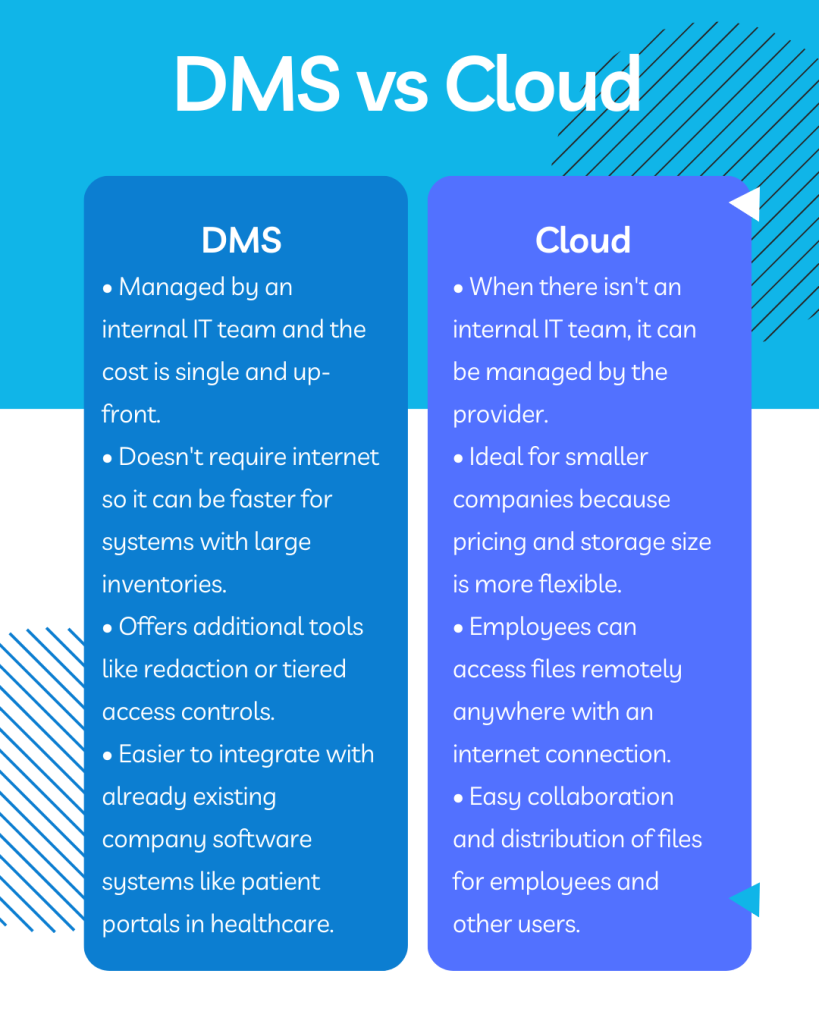It is a well-known fact that millennia before the invention of the steam engine, the Greek Inventor Heron created a remarkable toy known as the aeolipile. This simple device used steam power to spin a ball in a circle. While they certainly respected it as a wonderful bit of entertainment, it never occurred to them that this simple technology could become the foundation of an incredible revolution in industry.
While the transition happened much faster, it is surprising that the importance of the invention of scanning and digital document technology was not recognized sooner. Modern paperless systems focus on converting paper documents to digital by scanning and storing them electronically. While many businesses quickly adopted digital documents, the full potential of what they had at their fingertips would take years to be realized.
Like the modern steam engine to the aeolipile of old, integrating digital documents into business processes has leaped ahead of its predecessor and revolutionized how documents are created, secured, and stored. Understanding how these can benefit you requires knowing a bit about these systems, the available options, and what each has to offer.
Exploring The Details of Electronic Document Storage
When discussing document management systems, it is common for the uninitiated to refer to systems like Google Drive or Dropbox. However, a moment’s consideration clarifies that this is an oversimplification. After all, one of the core phrases in electronic document management systems is “management.” It would be quite a stretch to say that systems like these provide any true management as part of their storage ability. These are cloud storage systems and provide only minimal functionality when compared to a document management system.
What Are The Features Of Cloud Storage?
The biggest defining factor is right there in the name. Cloud storage provides a remote, virtual location where you can store your files. These files include documents, videos, spreadsheets, images, pdf, and countless other formats. They generally offer some small organization ability, typically in the form of standard folders within folders. Further, they can provide minimal searchability, primarily focusing on the file names. Finally, they offer a very basic level of security in the form of “sharing” folders and files with individuals.
They’re an excellent solution if you have minimal storage needs, no management requirements, and only minimal security requirements. However, they fall short of the needs of most businesses and industries that require an advanced degree of security. Further, their lack of management ability limits their utility in streamlining work and improving your business performance. They are most useful when you need nothing but a place to store documents.
What Features Do Electronic Document Management Systems Offer?
Document management systems offer a much more comprehensive set of options for managing your documents. It goes beyond simply being a storage page for your digitized documents, it can be designed to auto-organize your documents. Functions including tagging, indexing, operating, preservation, versioning, and conversion can all be performed by these incredible systems.
An efficient document management system is critical for organizations with sizable documents that must be accessed often, accessed quickly, and require flexibility and security. Everything from report generation and document lifestyle audits can be performed by these systems. However, it comes with limitations placed on individuals, groups, or organizations determining what information they can reach.
Like any good digital tool, it can also integrate with third-party systems to help automate a broad variety of tasks, including storage and destruction of files. With the right document management system, hours of work hours can be saved by streamlining document handling with automation.
Important Differences Between The Two
Cloud storage systems are often a key component of a document management system. However, your basic cloud storage system simply lacks the flexibility and power available with a DMS. Learning how they differ will help you determine which one is right for your organization.
Automation of Workflows
One important aspect of a document management system is its ability to have custom processes that can guide a document throughout the handling pipeline. A document may be created within the system, accessed by an OCR (Optical Character Recognition) protocol that converts the text in the image to be editable and searchable, assigned proper security protocols based on keyword criteria, and destroyed when it has passed its retention period. This is just one example of how these systems provide powerful automation features that can eliminate immense amounts of work hours. In addition to the efficiency it provides, it also ensures that the risk of human error is reduced or eliminated.
Accommodates Multiple File Formats
Large companies can have diverse requirements for their files and what formats their system can accept. PNG, JPG, GIF, PDF, MP4, doc, and txt are just some of the most basic file types that are commonly seen. When you need a system that can handle specific file types, an electronic document management system can accommodate your needs. From the types of files the system can accept to how they’re organized within its systems, DMSs are the ideal way of handling large volumes of important documents.
Highly Configurable Access Control
Creating a method of organizing your documents can be an exhausting experience. However, it can be an essential part of ensuring that access is properly handled. When trying to find a specific document inside a cloud storage, it can take forever to find exactly the right file and ensure it’s the proper version of that file. A document management system allows you to predefine how files are stored and indexed. Your DMS will automate it so you don’t have to concern yourself with it when creating a document.
All files that are created and stored within your system will undergo numerous filter and sort functions. These will help organize your files into the proper locations. Locating your files becomes simple, a simple matter of inserting a few keywords related to the document. Once you do this, the underlying system will find the file you need and present it to you immediately. This helps ensure your information is accurate and can reduce the time spent trying to organize your data.
While both cloud storage and an electronic document management system offer multi-tiered access privileges as part of file sharing, the options with an EDMS are more nuanced. Beyond the basic access controls, it’s possible to add additional layers of rules-based access permissions. They guarantee that only the intended individuals will be able to access the files.
Flexibility to Scale With Need
One of the concerns cloud storage users face is the amorphous nature of their storage medium. Without constant and careful management, their documents are going to become more and more difficult to find. Document management systems produce the exact opposite result. As more and more files become available, the system it uses to organize those files becomes more and more refined. You can think of it this way, cloud storage systems tend towards chaos as they scale. Document management systems tend towards order.
This is, of course, something of an oversimplification, but it is what you’ll experience in practice. If you foresee your organization’s storage needs growing in the years ahead, it’s best to invest in a document management system out the gate. Making the change later can be a time consuming, confusing, and costly process.
Data Integrity and Security
One issue often faced with cloud storage is managing the integrity and security of the files kept in it. The owner of the cloud storage system has a key that would allow them access to your files. You simply trust them not to make use of that key. Document management systems are built by companies who understand the essential nature of privacy and confidentiality in the services they provide.
It is possible to have a server installed in your office. However, that comes with additional costs in the form of power bills, storage, cooling, maintenance, and the skilled techs to perform it. Some may feel that this offers the highest level of security available. The server and the information it contains are within your control. However, consider this. When housed within your facility, it is most accessible to those who understand the value of your information and may have reason for wanting to access it against regulations.
Third-party storage means that your server is set remotely. It’s often in a data center with dozens or even hundreds of other servers containing valuable information. Those operating these locations are responsible for the safety and security of all the information stored there by their various clients. These factors, safety, and security, are the cornerstones of their business. To have a data breach for one of their clients puts the faith of all the other clients who use them in question. Needless to say, there is an argument to be made that there isn’t a more secure location than a third-party site. Especially when you consider that natural disasters impacting your business will not be able to impact your stored data, and third-party companies will have redundant copies of your data in multiple data centers to prevent it from being lost.
Ease of Compliance
Certain businesses are required to be in compliance with regulations governing how their documents are stored and organized. These requirements can extend to the length of time a document must be stored, but also how long it can be stored. Having an electronic document management system guarantees that you can quickly perform audits for any number of criteria. This helps ensure that your information is stored in a way that is compliant with your regulations.
Let Record Nations’ Help You Choose Wisely
Record Nations works with a network of professionals in the document storage, scanning, and destruction industries. Among this team of experts are providers who can connect you with the perfect document management system for your company. They’ll help you set up your system with automated processes and security systems. Additionally, they will train your staff to use the new DMS effectively. You can reach out to us at (866) 385-3706 or fill out the contact form to request a consultation.












